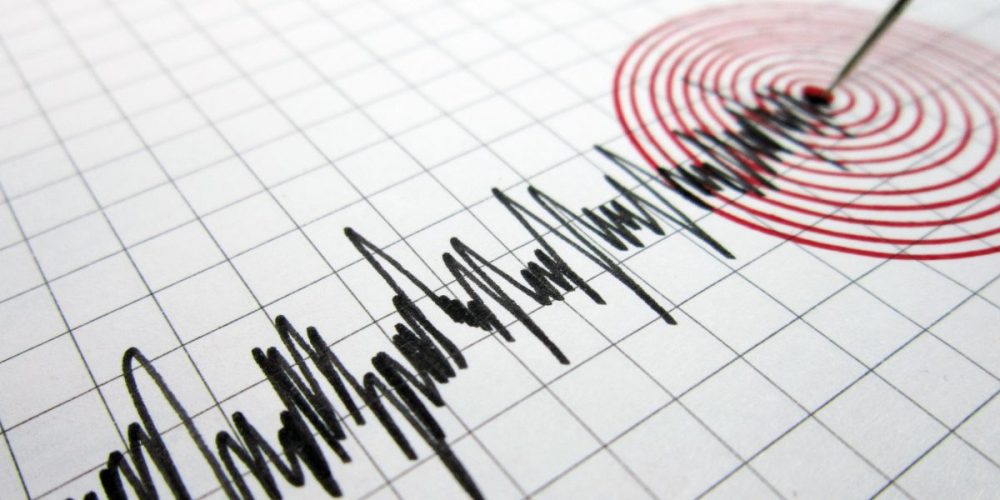A 5.1-magnitude earthquake struck West Texas Monday evening, sending tremors as far as Dallas and San Antonio.
The quake, which occurred at approximately 7:49 p.m., was centered near the small town of Ackerly, about 132 miles west of Abilene. The United States Geological Survey (USGS) reported it as a shallow tremor with a depth of 8.2 kilometers.
It was originally reported as a 4.8-magnitude quake but was upgraded soon after to a 5.1-magnitude quake. It ranks as the fifth-largest earthquake in Texas history.
The Midland Bureau of the National Weather Service quickly confirmed the seismic activity through its X account, alerting residents to the event.
“Around 7:49pm CDT, we felt an earthquake here at our office! Did you feel it too? If so, let @USGS_Quakes know by filling out the form on their website! earthquake.usgs.gov/earthquakes/ev Stay safe, y’all!” USGS posted three minutes after the earthquake hit Texas.
The quake’s impact was felt across a broad area, with social media reports and local authorities confirming sensations of shaking as far away as Austin and San Antonio. Residents took to social media to share their experiences, with many expressing surprise at the quake’s far-reaching effects.
No reports of injuries or significant structural or infrastructure damage were reported in the immediate aftermath of the quake.
The USGS suggests that the recent increase in seismic activity in West Texas may be linked to oil and gas operations in the region.
As previously reported by The Dallas Express, Scurry County in West Texas recorded over 90 earthquakes in just one week in late July, leading county authorities to declare a state of disaster. Experts indicated that the epicenter of that seismic activity was located near the Snyder area.
More than 100 earthquakes of varying sizes have been reported in Texas this week, according to the TexNets Earthquake Catalog.
For perspective, the most powerful earthquake ever recorded in Texas was a magnitude 6.0 event that struck Valentine on August 16, 1931, according to the American Society of Civil Engineers.


